
Did you know that over 80 percent of professional artists now use digital tools in their creative process? Digital illustration is changing how people create, blending classic art skills with the flexibility of new technology. Whether you sketch for fun or design for a living, understanding digital illustration opens up new ways to bring ideas to life. Discover how modern artists work smarter and express themselves in ways that were not possible just a decade ago.
Table of Contents
- Defining Digital Illustration And Its Core Concepts
- Types Of Digital Illustration Techniques And Styles
- Essential Tools And Software For Digital Artists
- Digital Illustration In Art, Design, And Media
- Common Challenges And Mistakes To Avoid
- Comparing Digital And Traditional Illustration
Key Takeaways
| Point | Details |
|---|---|
| Digital Illustration Benefits | Combines traditional art techniques with advanced technology, offering extensive editing capabilities and creative flexibility. |
| Variety of Techniques | Encompasses diverse styles such as vector, raster, 3D, and mixed media, allowing for unique visual expressions. |
| Essential Tools | Mastery of specific hardware and software is crucial for optimizing workflow and enhancing artistic potential. |
| Challenges to Navigate | Artists should proactively manage digital tools and the creative process to maintain their artistic vision and avoid common pitfalls. |
Defining Digital Illustration and Its Core Concepts
Digital illustration represents a dynamic and transformative art form where creativity meets cutting-edge technology. According to bowseat.org, this innovative medium involves creating artwork using specialized software, graphics tablets, and digital styluses that beautifully mimic traditional drawing and painting techniques while offering unprecedented creative flexibility.
At its core, digital illustration empowers artists with remarkable editing capabilities that traditional media simply cannot match. Artists can work in multiple layered compositions, easily undo mistakes, and experiment with an expansive toolkit of digital brushes, textures, and blending modes. This non-destructive approach allows for incredible creative freedom, enabling illustrators to explore complex visual narratives without the constraints of physical materials.
The digital illustration workflow typically involves several key components:
- Specialized graphic design software (like Adobe Illustrator or Procreate)
- Digital drawing tablets with pressure-sensitive surfaces
- High-resolution styluses that capture nuanced artistic gestures
- Advanced color palettes and customizable brush libraries
Whether you’re a professional graphic designer or an aspiring artist, digital illustration offers an accessible and powerful medium for visual storytelling. Explore the Best iPad Drawing Techniques for All Skill Levels to kickstart your digital art journey and unlock your creative potential.
Types of Digital Illustration Techniques and Styles
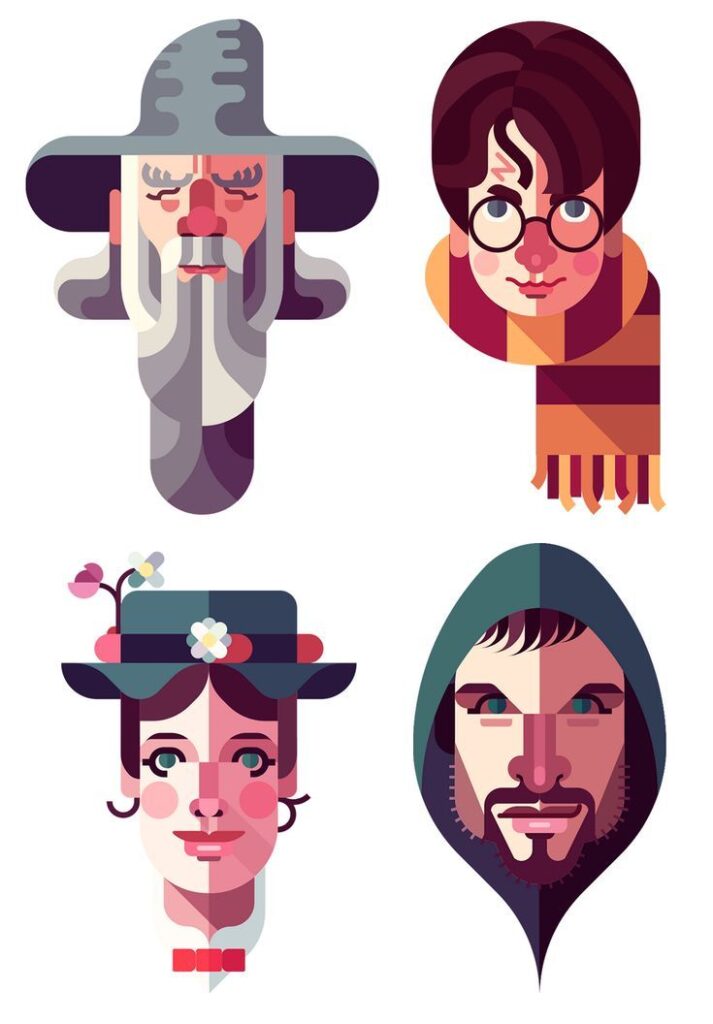
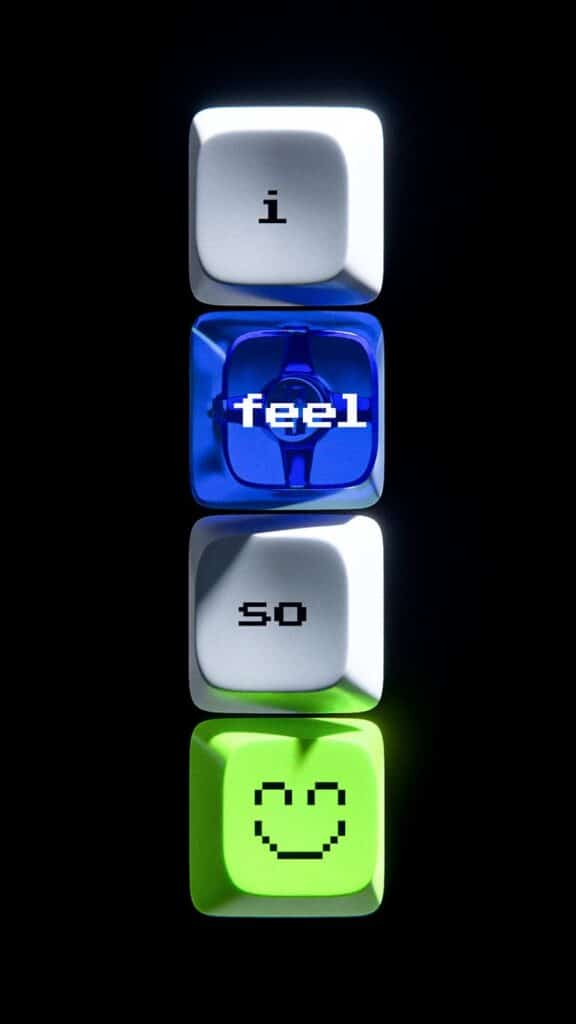
Digital illustration encompasses a rich and diverse array of creative techniques that blur the lines between traditional and digital art forms. As noted by contemporary illustration research, many modern illustrators employ hybrid approaches that combine multiple artistic methods to create unique visual experiences.
Artists can explore several distinctive digital illustration styles, each offering its own creative possibilities:
- Vector Illustration: Crisp, geometric designs using mathematical points and curves
- Raster Illustration: Pixel-based artwork with detailed textures and painterly effects
- 3D Digital Illustration: Rendering three-dimensional characters and environments
- Photorealistic Digital Art: Hyper-detailed illustrations mimicking real-world photography
- Mixed Media Digital Illustration: Blending scanned traditional artwork with digital enhancements
The hybrid technique is particularly fascinating. An artist might begin with a traditional watercolor sketch, carefully scan the original artwork, and then use digital software to add precise linework, adjust color palettes, or introduce intricate digital embellishments. This approach allows creators to preserve the organic feel of traditional techniques while leveraging the precision and flexibility of digital tools.
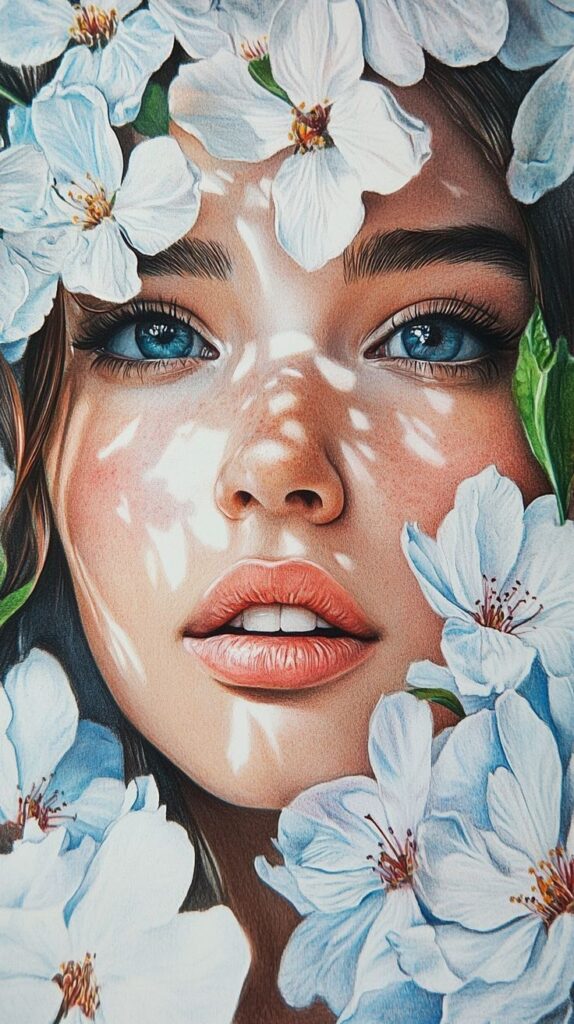
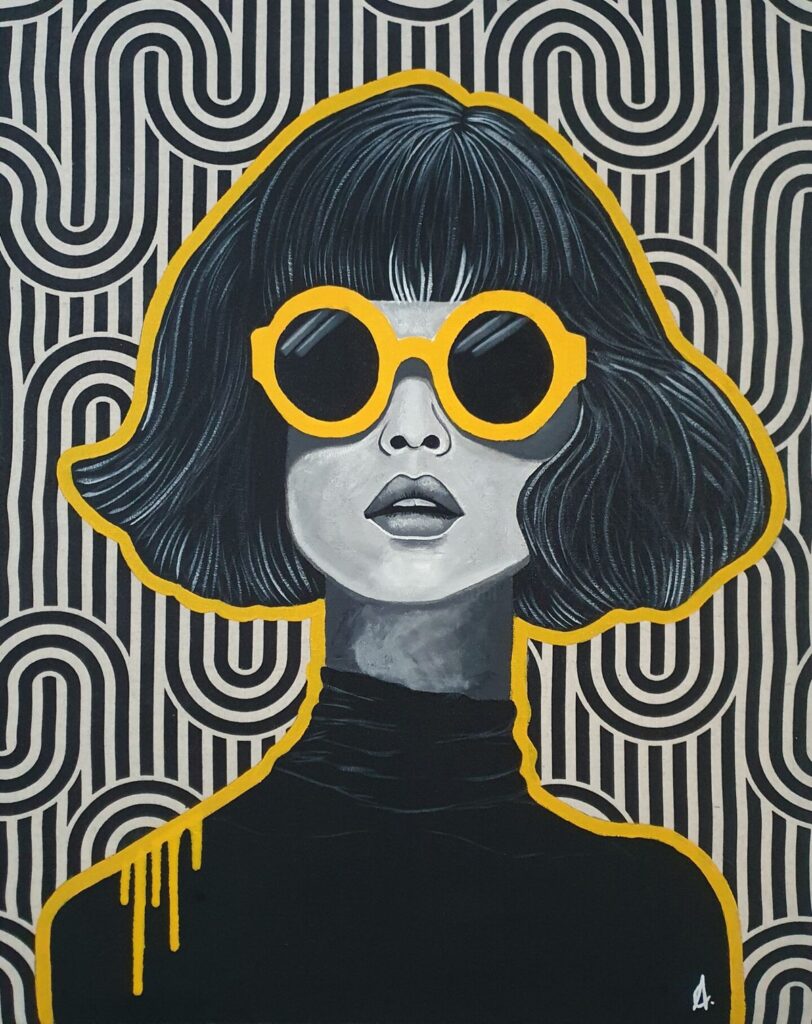
Whether you’re a seasoned professional or an emerging artist, understanding these diverse digital art techniques can help you develop a unique visual language and expand your creative repertoire. Digital illustration is not just a technique – it’s a boundless playground for artistic expression.
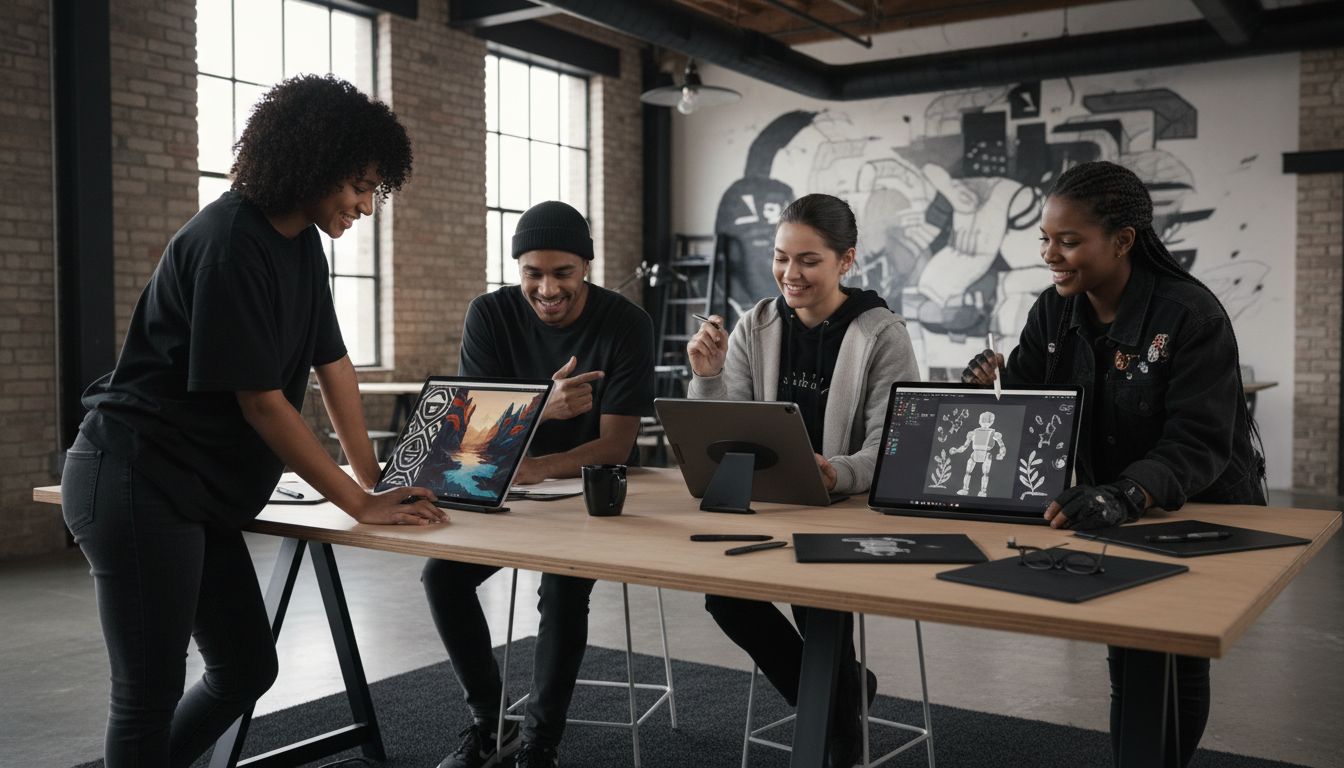
Essential Tools and Software for Digital Artists
Choosing the right tools can make or break a digital artist’s creative journey. According to advanced illustration research, successful digital artists master strategic tool selection and software capabilities that enhance workflow efficiency and creative potential.
Key digital art tools can be categorized into several essential groups:
- Hardware Tools
- Graphics tablets (Wacom, iPad Pro)
- High-resolution styluses
- Powerful graphics processing computers
- Software Platforms
- Adobe Photoshop for detailed image manipulation
- Procreate for intuitive digital painting
- Clip Studio Paint for comic and illustration work
- Illustrator for vector-based designs
Professional digital artists understand that effective layer management and digital brush customization are critical skills. By organizing digital brushes, creating custom color palettes, and developing efficient workflow strategies, artists can transform their creative process from mundane to extraordinary.
If you’re looking to spark your creativity and find fresh inspiration for your digital art journey, explore our guide on finding digital art inspiration. Remember, the right tools are just the beginning – your unique vision is what truly brings digital art to life.
Digital Illustration in Art, Design, and Media


Digital illustration has revolutionized creative expression across multiple professional domains. According to comprehensive visual arts research, this versatile medium spans numerous fields including animation, comics, concept art, and graphic design, offering unprecedented creative flexibility.
Key industries leveraging digital illustration include:
- Entertainment
- Animated film and television production
- Video game character and environment design
- Movie poster and promotional artwork
- Marketing and Advertising
- Brand identity and visual storytelling
- Infographic creation
- Social media content design
- Publishing
- Children’s book illustrations
- Editorial magazine graphics
- Technical and educational visualizations
The true power of digital illustration lies in its remarkable adaptability. Artists can easily resize, edit, and experiment with designs, transforming complex visual concepts into compelling narratives across multiple platforms. This medium allows for incredible creative experimentation, enabling professionals to push traditional artistic boundaries.
If you’re eager to explore the diverse world of visual creativity, dive into our comprehensive illustration resources and discover how digital art can transform your creative vision.
Common Challenges and Mistakes to Avoid
Digital illustration presents unique challenges that can trip up even experienced artists. According to advanced illustration research, many artists struggle with the steep learning curve of digital tools and the potential pitfall of over-relying on digital editing features.
Key challenges digital artists frequently encounter include:
- Technical Overwhelm
- Complex software interfaces
- Endless tool and brush options
- Steep learning curves for new programs
- Creative Roadblocks
- Loss of tactile connection with traditional art
- Potential for endless digital revisions
- Difficulty maintaining original creative vision
According to digital art technique experts, managing digital workflows requires strategic approach. Artists must learn to:
- Organize digital brushes systematically
- Create custom color palettes
- Develop efficient layer management strategies
- Set clear boundaries for digital editing
The most critical mistake is treating digital illustration as a shortcut. True artistry comes from understanding your tools, maintaining your unique creative vision, and not getting lost in endless digital tweaking. Find inspiration to overcome creative blocks and stay focused on your artistic journey.
Comparing Digital and Traditional Illustration
The landscape of artistic creation is dramatically transformed by the emergence of digital illustration. According to comprehensive visual arts research, digital methods offer unprecedented editing flexibility while presenting unique challenges compared to traditional techniques.
Key differences between digital and traditional illustration include:
Here’s a comparison of traditional and digital illustration features:
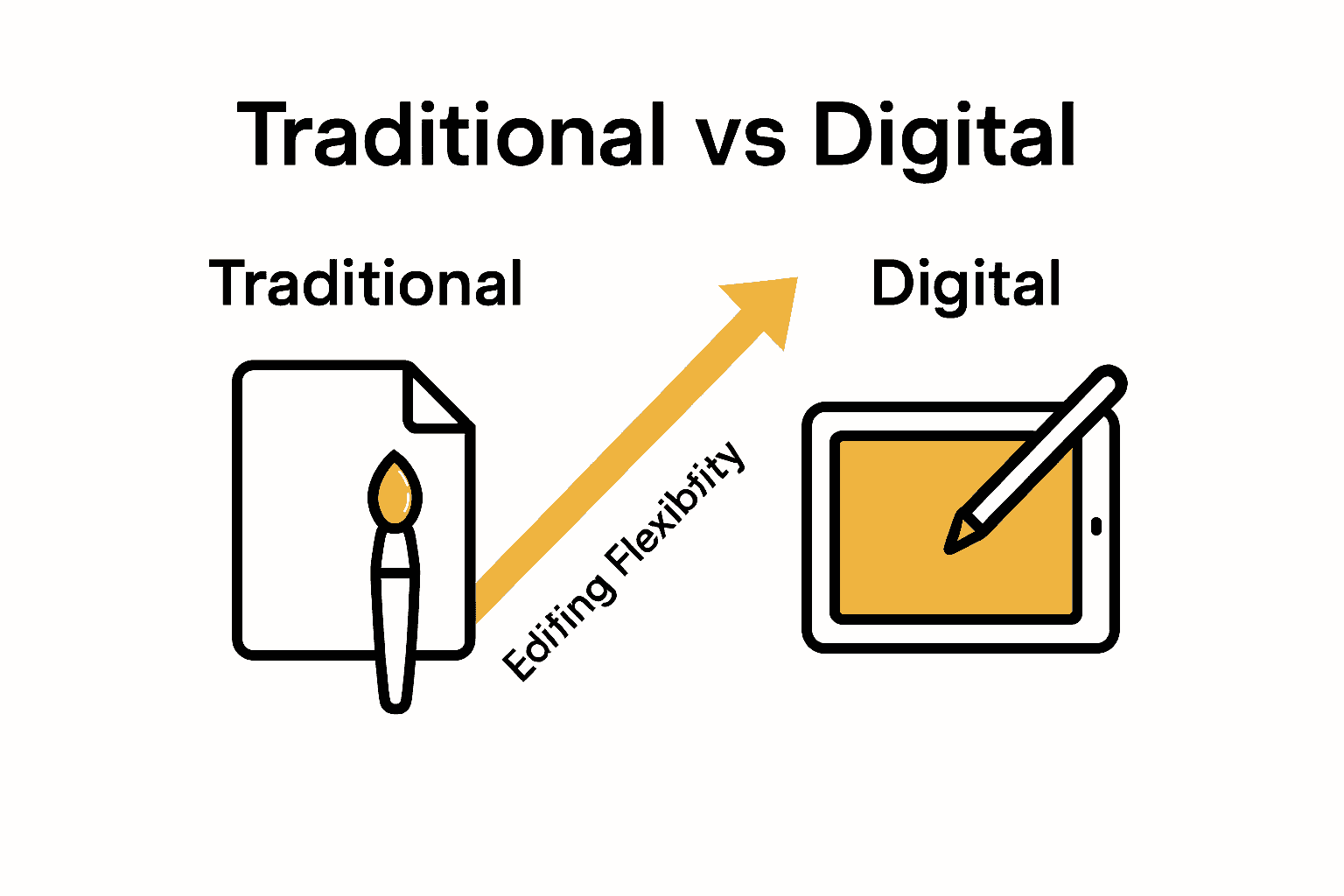
| Feature | Traditional Illustration | Digital Illustration |
|---|---|---|
| Tools & Materials | Paper, canvas, brushes, paints | Software, tablets, styluses |
| Editing Capabilities | Limited | Unlimited: undo, redo, layers |
| Texture & Feel | Organic, tactile | Smooth, customizable |
| Creative Flexibility | Fixed once applied | Non-destructive, experiment freely |
| Distribution | Physical, limited | Instantly global, digital files |
| Learning Curve | Varies, tactile | Steeper, technical |
Traditional Illustration
- Physical materials (paper, canvas, paints)
- Tactile creative experience
- Limited editing capabilities
- Unique textural qualities
- Immediate physical presence
Digital Illustration
- Software-based creation
- Unlimited editing options
- Easy mistake correction
- Complex layering capabilities
- Global distribution potential
The most significant advantage of digital illustration is its non-destructive workflow. Artists can experiment freely, undo actions instantly, and explore creative directions without wasting physical materials. However, this comes with a trade-off – digital art can feel less personal and lacks the raw, organic texture of traditional media.
If you’re seeking creative inspiration to bridge these artistic worlds, explore drawing techniques that relax and inspire and discover how to blend traditional passion with digital precision.
Unlock Your Digital Illustration Potential with Sky Rye Design
Struggling to master the complex tools and techniques of digital illustration can be overwhelming. This article highlights just how important it is to balance creative freedom with effective workflow strategies like layer management and brush customization. If you want to overcome common roadblocks and express your unique artistic voice, finding the right guidance and inspiration is essential. Discover practical tips and fresh ideas by exploring our rich collection of digital art resources.
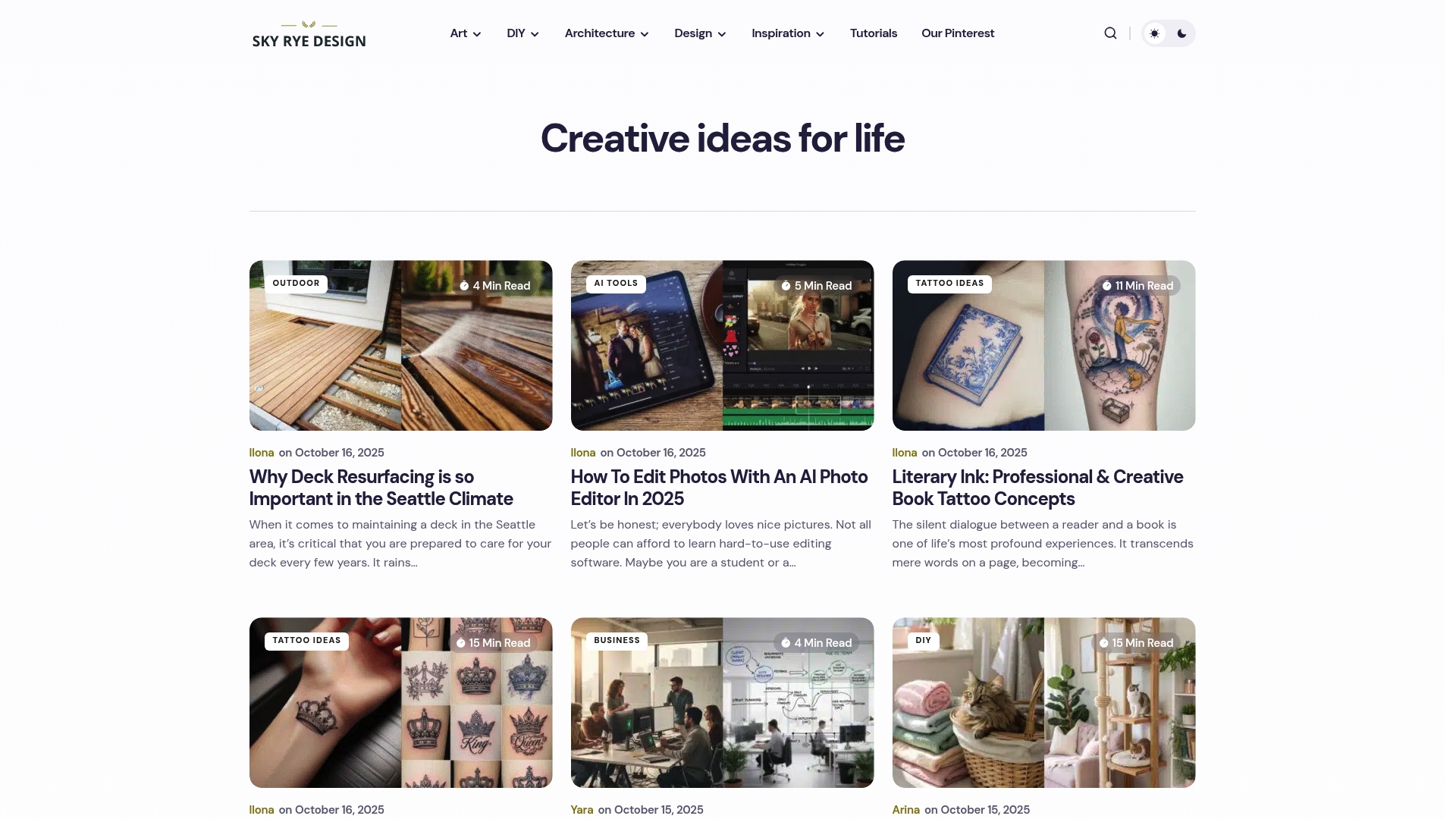
Dive into the world of digital creativity today by visiting our Illustration | Sky Rye Design section. Here you’ll gain access to tutorials, inspiration, and expert advice tailored to creatives just like you. Don’t wait to transform your artistic journey—start exploring now at Sky Rye Design and elevate your skills with powerful drawing insights found in our Drawing | Sky Rye Design category. Take the first step toward mastering digital illustration and bring your vision to life with confidence.
Frequently Asked Questions
What is digital illustration?
Digital illustration is an art form where creators use specialized software, graphics tablets, and digital styluses to produce artwork, combining technology with traditional drawing and painting techniques.
What are the main tools used in digital illustration?
The essential tools for digital illustration include graphics tablets (like Wacom or iPad Pro), high-resolution styluses, and software platforms such as Adobe Photoshop, Procreate, and Illustrator.
How does digital illustration differ from traditional illustration?
Digital illustration offers unlimited editing capabilities, non-destructive workflows, and easy distribution through digital files, while traditional illustration relies on physical materials and has limited editing options.
What are some popular digital illustration techniques?
Popular digital illustration techniques include vector illustration, raster illustration, 3D digital illustration, photorealistic digital art, and mixed media digital illustration.
Recommended
- 620shares
- Facebook0
- Pinterest620
- Twitter0


